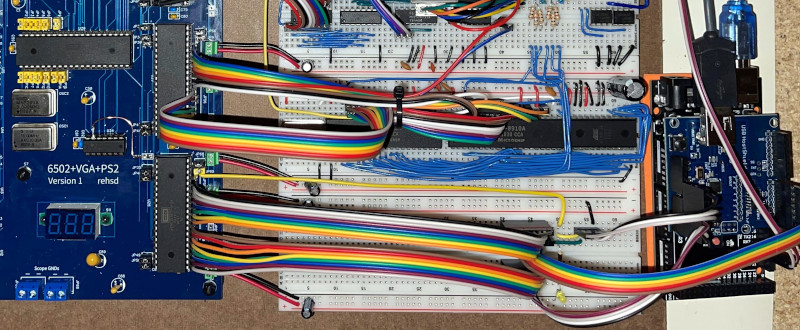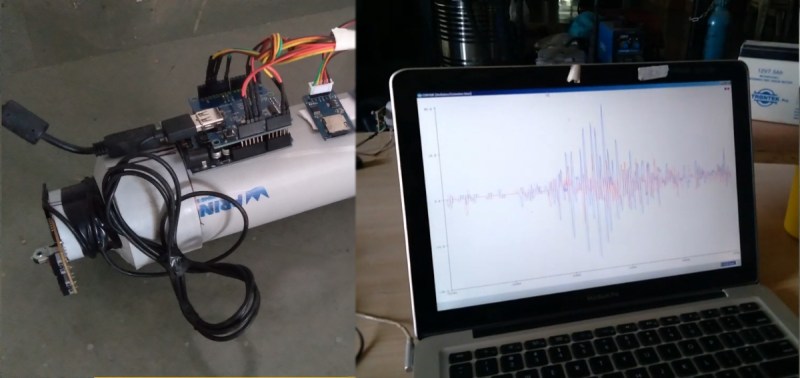If Babbage had started the computer revolution early, we might have seen a mouse like the one [Peter Balch] created. He started with the guts from a USB wheeled mouse and some gears from an old clock movement. In addition to the big wheels to capture X and Y movement, the mouse buttons look like the keys from an old typewriter.
We were afraid the project would require advanced wood or metal working capability, but the bottom of the mouse is made from paper mache. The top and sides are cut from tinplate. Of course, the paint job is everything. …read more
 Continue reading Victorian Mouse→
Continue reading Victorian Mouse→


